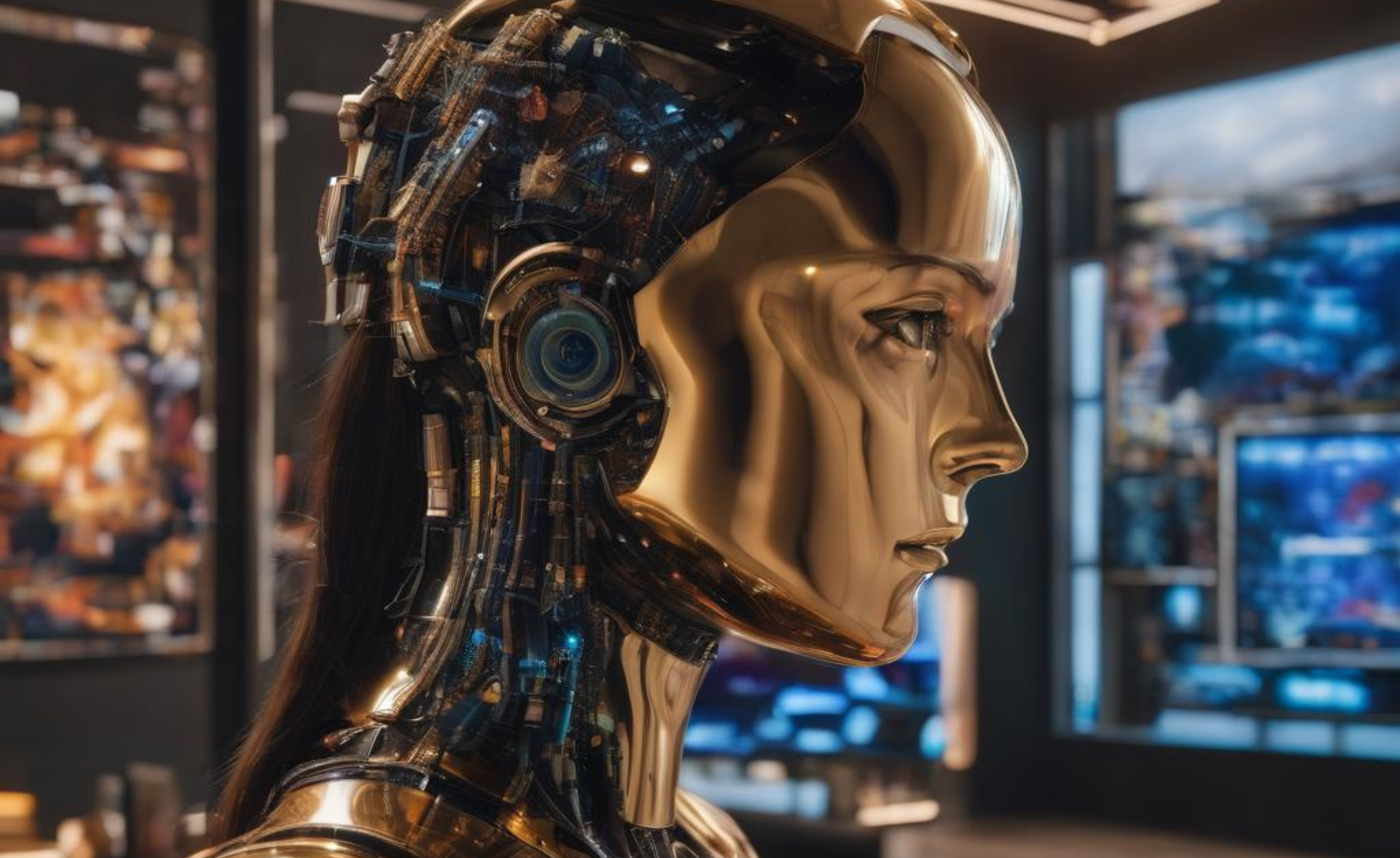
Embark on a journey at the crossroads of art and artificial intelligence, where the fusion of creativity and cutting-edge technology reshapes the very fabric of visual arts research. In an era defined by transformative innovation, we delve into the profound impact of AI, unravelling a narrative that transcends traditional boundaries and unlocks a realm of endless possibilities for artists and researchers alike.
This exploration delves into the multifaceted impact of AI on the field, highlighting key facets that have revolutionised the way artists and researchers engage with their work.
How AI is impacting visual arts and design
The evolution of research design
Traditionally, visual arts research design relied on time-consuming methods such as surveys and observations. AI’s entrance has marked a paradigm shift, offering efficiency and depth in analysis, thus evolving the landscape of research design.
The processing power of AI
At the core of AI’s impact is its unparalleled ability to process vast datasets swiftly. By employing machine learning algorithms, AI accelerates analysis, providing profound insights and a more comprehensive understanding of artistic subjects.
Uncovering patterns and trends
AI’s analytical prowess extends beyond speed; it can identify elusive patterns and trends that might escape human observation. This capability informs the design process, fostering innovation and giving rise to impactful artistic creations.
Generative algorithms and artistic exploration
The introduction of generative algorithms empowers artists and researchers to venture into uncharted territories. AI facilitates the creation of original artworks based on predefined parameters, unlocking a realm of possibilities in artistic styles and techniques.
AI as a creative collaborator
Beyond analysis, AI becomes an active participant in the creative process. By studying existing artwork and user preferences, AI algorithms provide insights and ideas that inspire artists and researchers, leading to groundbreaking artistic discoveries through a synergy of human creativity and AI analysis.
Personalisation in design aesthetics
AI’s analytical prowess enables the tailoring of art and design to individual preferences. This shift towards personalised experiences extends beyond aesthetics, offering users art that resonates intimately with their unique tastes and sensibilities.
Evolution of Style Transfer Techniques
Style transfer algorithms have evolved, allowing artists to blend visual styles seamlessly. This technique not only results in visually captivating works but also fosters a rich tapestry of influences, contributing to the ever-expanding vocabulary of contemporary art.
The Marketplace for AI-Generated Art
AI-generated art has transcended experimentation and found a commercial foothold. Auctions featuring AI-created pieces, the emergence of AI-powered digital art marketplaces, and the utilisation of blockchain for provenance are reshaping the dynamics of the art market.
Ethical considerations in AI integration
As AI becomes an integral part of visual arts research design, ethical considerations come to the forefront. Questions surrounding the ownership and authenticity of AI-generated artwork, as well as the need to address biases in algorithms, emphasise the importance of ethical scrutiny for fair and inclusive research practices.
AI’s unprecedented potential
Challenges notwithstanding, AI redefines visual arts by revolutionising creative processes, fostering collaboration, personalising user experiences, breaking aesthetic norms, democratising tools, and navigating ethical frontiers.
The future promises a dynamic canvas of innovation and limitless exploration.










